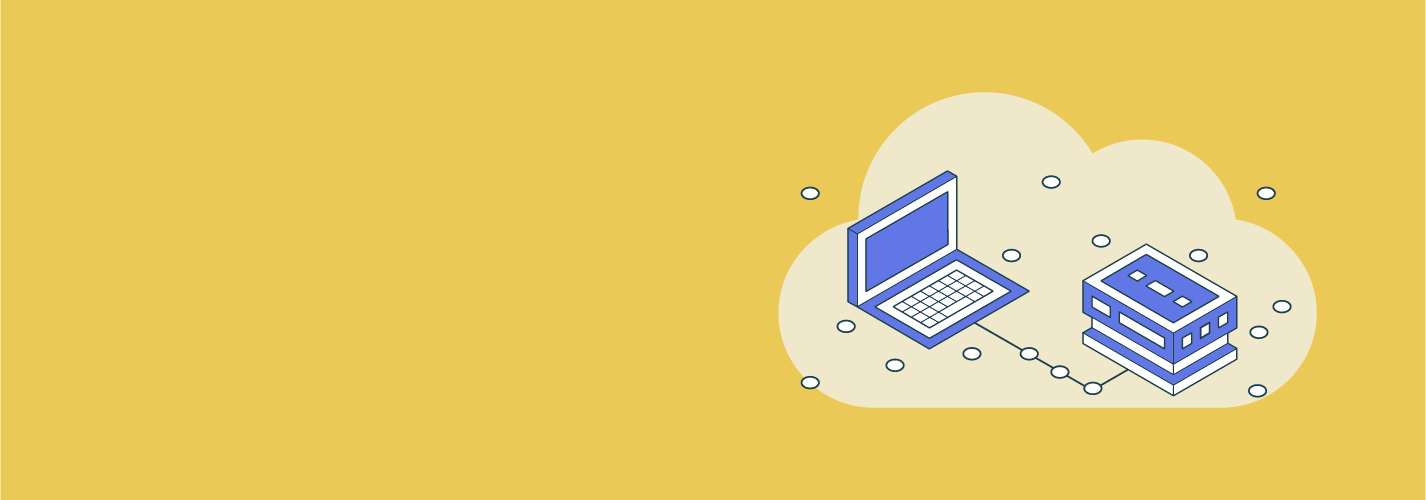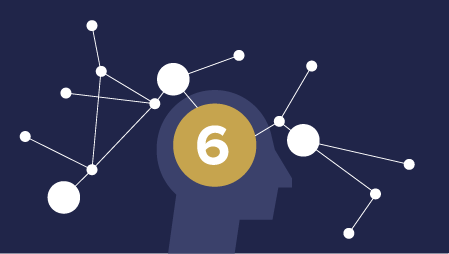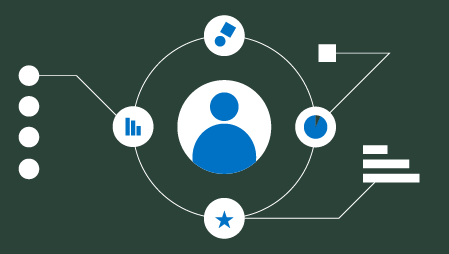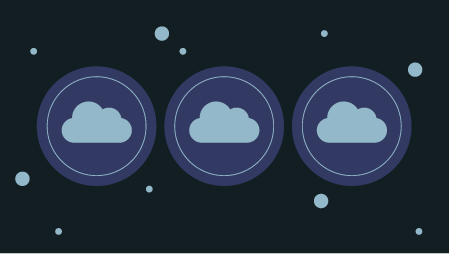The front end of a networked system is the side that a user, client, or customer sees. The back end is everything that happens behind the scenes that is not necessarily seen by the user.
Access to networked services may be through a front end that is a web-based interface, a website, a mobile app, or some other type of digital portals such as a monitor display on a kiosk or an ATM.
The back end is everything the user does not normally see and the things that process the information. This includes the network connectivity, the cloud hardware including servers, and the cloud-based software applications that run on the cloud servers.
Where does the computational work happen?
Frequently, the back end does most of the computational processing except for systems with edge-computing capabilities. With edge computing, some computational processing is pushed out towards the front end to be processed by the devices used to access the services.
Cloud computing is based on a client-server relationship. In cloud computing architecture, the front end is also known as the client. The back end is the cloud servers and their applications.
Any Front-End Device Anytime from Anywhere
The networked systems that function the best are those designed to accommodate as many devices as possible, even those running on different operating systems. Moreover, if the interface connects via the Internet, the system should support all the popular web browsers.
The front end includes the hardware and the software used by the person to access the cloud services. The hardware could be any device such as a digital notepad, a laptop, a desktop computer, a smartphone, or any other connected device.
The front-end device may respond to human control or operate autonomously.
With the explosive growth of the Internet of Things (IoT), billions of new front-end devices are being added to the network. The connectivity of these IoT devices will be further enabled by the deployment of the 5G wireless mobile technology that is already underway in many countries.
Front End Cloud Technology Capabilities
The advantages of cloud technology include the ability to access a wide variety of cloud-based services using many choices of front-end devices from the simple to the sophisticated. The communication protocols allow many kinds of hardware technology to work with cloud services.
Simple Device
An example of a simple device is a so-called “dumb” terminal. These are simple connectivity devices with no capability to do any computational processing on their own. All the data processing is done by cloud-based software applications.
Device to Device Communication
A front end can be a software program. Software programs communicate with cloud services by using an application programming interface (API).
Sophisticated Device
In the case of sophisticated front-end devices, extensive computational processing can be done by the device and the results sent to the cloud service for further processing, communications, and storage.
An example of more sophisticated front-end devices is a game player that connects via the Internet to enable multi-player games in real-time. The game player creates the graphical display by doing significant computational processing in the device itself as the gamer moves an avatar through the game.
In a multi-player game scenario, the only data sent to the cloud are the status changes as inputs from all the players. The players’ interactions are processed extremely quickly, and the status changes recalculated in real-time.
Hybrid On-Premises/Cloud-Based Systems
Many organizations are moving their data processing to the cloud in a phased, step-by-step way. One of the megatrends is for enterprises to keep some applications and services running on servers that are maintained on their premises and use cloud-based services for a portion of their data processing, storage, and backup activities.
In these cases, it is helpful to work with cloud architect to create a hybrid system that is partially on-premises and partially running on cloud-based systems.
Cloud Architect
A cloud architect is a person or a team that designs the cloud architecture for specific solutions. These may be a customized solution for a specific enterprise or widely used solutions offered to billions of people.
The cloud architect team is responsible for the design and then supervises the fail-safe testing of it so that everyone is sure that is works properly. Depending on the project’s requirements, the cloud architect team may be kept involved to continue to improve the cloud architecture as needed or simply hired as a consulting resource temporarily.
What is cloud architecture?
All the various hardware and software components and the relationships between them make up the cloud-based architecture. The goal of most cloud-based architecture is to efficiently solve business and computational problems.
The relationships can be very complex such as those found in the system design configurations for Amazon web services (AWS). AWS has a large Architecture Center that has many diagrams of the back-end cloud architecture designs.
Examples of AWS cloud architecture that are interesting to review include:
- Web Hosting — Extremely scalable and reliable mobile and web applications.
- Content and Media Serving — Serves enormous amounts of content and video.
- Batch Processing — Automatically scalable batch processing of huge amounts of data.
- Fault-Tolerant System — These are systems that maintain 99.9% uptime availability.
- Large-Scale Computing — This system design can data mine Big Data using artificial intelligence (AI) programming.
These are just a few examples of AWS system architecture. There are thousands of others. One nice thing about cloud computing is that system architecture solutions are shared. There is little need to re-invent them, only modify the existing designs as needed for any specialized circumstances.
Global Cloud Computing Architecture
The cloud system architecture is not limited geographically. One of the main attractions to cloud computing is the ability to provide robust cloud-based services from various widely dispersed locations. In this way, if one of the server facilities goes offline for any reason the other facilities in the cloud-services network can handle the processing work until the offline system comes back up.
The largest data centers that form the back end of cloud computing are enormous. The biggest data center in the world is owned by Range International Information Group. It is in Langfang, China. It has over six million square feet of space. That amount is equivalent to about 110 football fields. The second-largest data center in the world is Switch SuperNAP in Las Vegas, USA, with three and one-half million square feet of space.
Barring any major global calamity, there is no limit to the number and variety of front-end devices that will operate with cloud computing services providing the bank end support.
System designers can let their imagination run wild on the possible combinations of innovation in front-end design, such as bio-implants, along with the amazing range of cloud-based services that can work with those devices.
Opportunities exist and should be explored for every part of the process that connects the front end to the back end in cloud computing.




